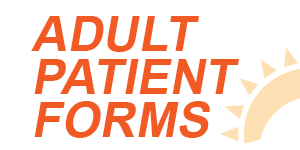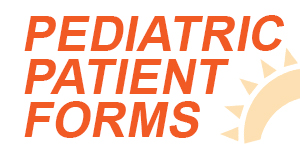If you think back to your school days, you may remember the school nurse having you bend forward as he or she examined your spine. In doing so, he or she was checking for a condition known as scoliosis.
Scoliosis is an abnormal curvature of the spine from side to side. With very large scoliotic deviations, we can expect to see numerous health problems. However, even with very small degrees of scoliosis, some issues can develop as well.
You may be wondering: “is there a way to fix or mitigate scoliosis without surgery?”
In this article, we will take a look at the role chiropractic care plays in assisting patients who suffer from scoliosis.
How Is Scoliosis Diagnosed?
Before we get further into the topic of chiropractic care and scoliosis, let’s discuss how scoliosis is diagnosed in the first place.
A preliminary, unofficial diagnosis can often be made through physical testing, such as the “school nurse” method described in the introduction. However, many times, an official diagnosis of scoliosis will be based on a Cobb Angle greater than 10 degrees. The Cobb Angle is essentially a measurement of the lateral curvature of the spine, and this measurement is obtained through x-ray imaging.
Once scoliosis is diagnosed, the patient and clinician then need to consider the next best steps.
Are There Different Types of Scoliosis?
As you might imagine, there are multiple types of scoliosis, as is the case with most conditions.
In terms of the type of curve, scoliosis is often referred to as either a “c-curve” or an “s-curve”. They are so named due to the shape of the curve (c-curves have a single distinct curve, while s-curves have two). If you imagine looking at someone from behind, it’s fairly easy to picture what these curve names indicate!
Furthermore, while nearly every case of scoliosis involves some abnormal rotation as well as side-to-side deviation, rotoscoliosis refers to more extreme rotation paired with the condition. Rotoscoliosis can often impair lung and organ function, as it reduces the available space for these organs to operate.
What Can Be Done to Address Scoliosis?
There are numerous methods used to treat scoliosis. The most extreme correction for spinal misalignment is, of course, surgery. Surgeons can affix various pins and screws to the spine which will help to correct any noted deviations in spine curvature. It goes without saying, but surgery of any kind always poses risks, and surgeries can never be “undone”.
Another option that may work for some cases of scoliosis is bracing. Patients can be fitted for a brace that covers their trunk and that, hopefully, prevents scoliosis from progressing. In some cases, braces may be adjusted over time in order to accommodate scoliosis or to attempt to correct it.
Outside of surgery and bracing lies a general category of treatments that are often categorized as “non-traditional treatments”. These options include exercise which seeks to realign the spine through muscle activity and stretching, as well as chiropractic care.
Chiropractic Care and Scoliosis
By performing specific adjustments on scoliotic spines, chiropractors may be able to help encourage better spinal alignment. In doing so, they may reestablish connections between the nervous system and other areas of the body.
These chiropractic treatments often lead to decreased pain and disability. Of course, these are the outcomes that any patient, with any condition, wants to achieve at the end of the day!
If you suffer from scoliosis or pain of any kind, come see us at Awaken Chiropractic. We are your go-to Parker Chiropractor, and we would be happy to help you today. Book your appointment now!






